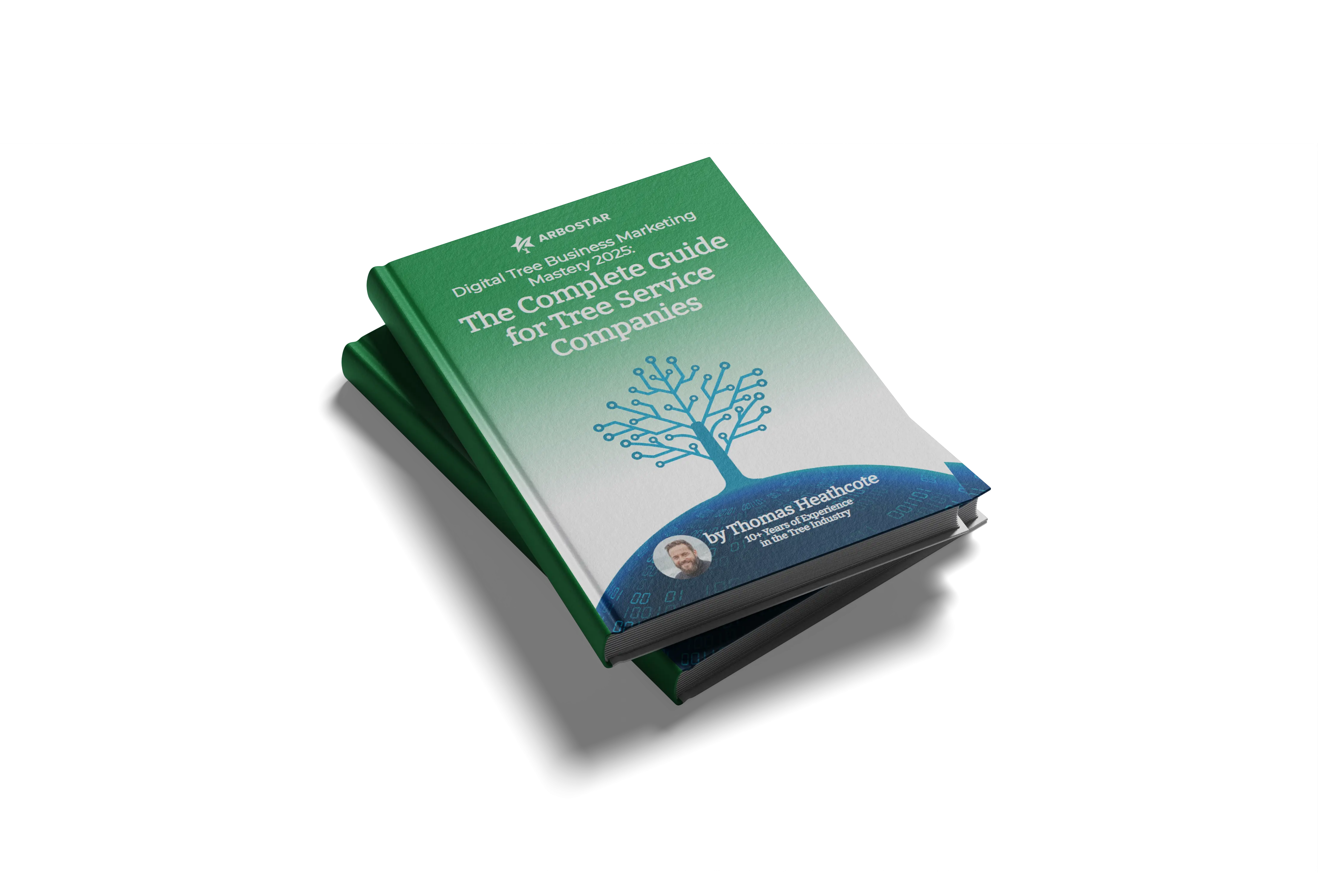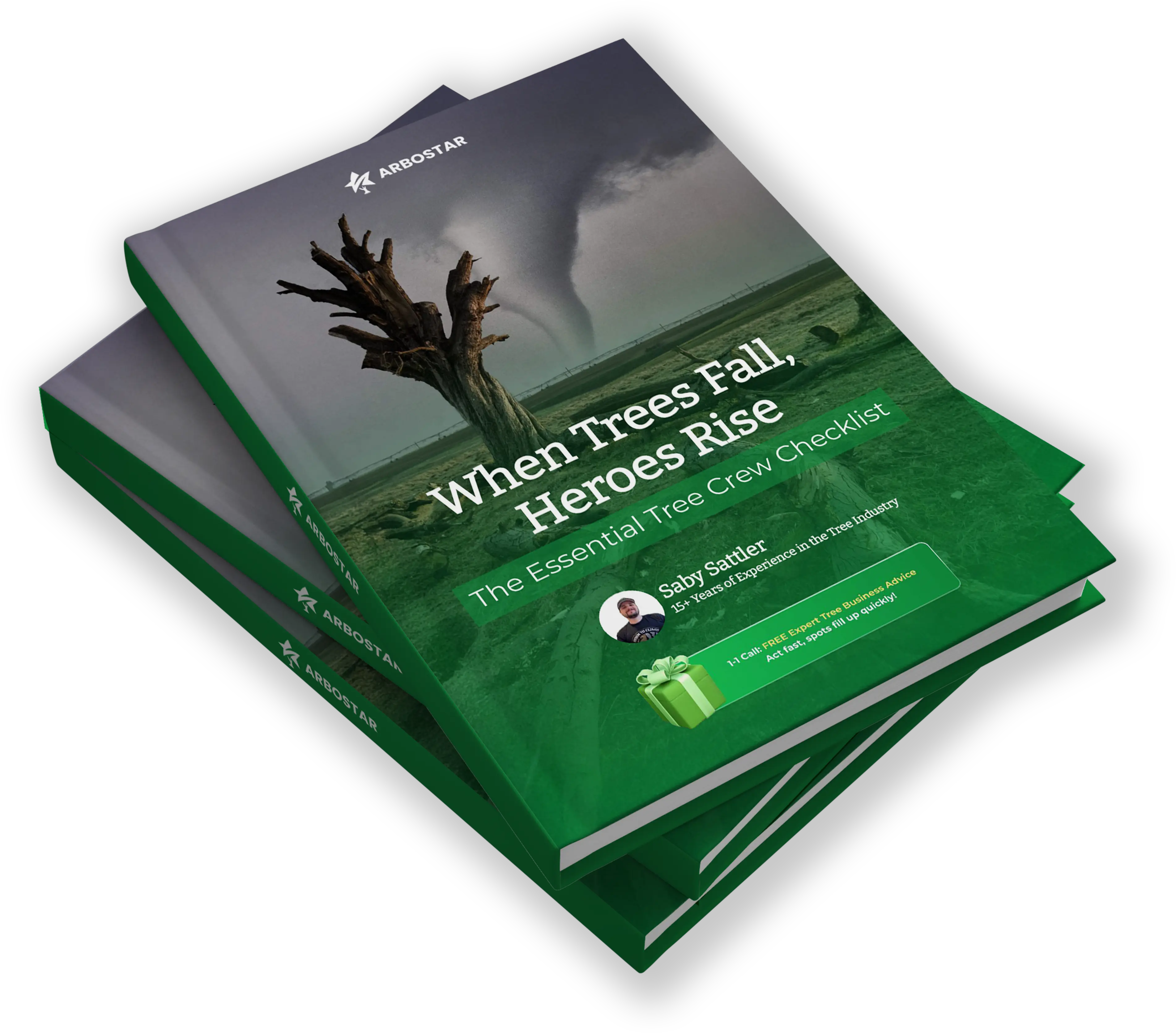Tree Risk Assessment: Identifying and Mitigating Hazards


Identifying Tree Hazards
- Structural Defects: Arborists should look for signs of structural defects in trees, such as cracks, cavities, or weak branch attachments. These defects can make trees more susceptible to failure, potentially causing harm to people and property.
- Deadwood: Dead or dying branches can break off without warning and pose a significant hazard. Arborists must inspect trees for deadwood and remove it as necessary to prevent potential accidents.
- Root Issues: Compromised root systems can destabilize trees, making them more likely to fall during storms or high winds. Factors like soil erosion, construction damage, and root rot should be considered during tree risk assessment.
- Pest and Disease: Infestations and diseases can weaken trees, increasing their likelihood of failure. Arborists should be familiar with common pests and diseases in their area and take appropriate measures to address any identified issues.
What is tree failure risk assessment?
Tree failure risk assessment, which can also be referred to as hazard tree evaluation or tree hazard assessment, is an essential process of evaluating trees for possible dangers that can lead to their falling and causing harm to people or property. This evaluation aims at identifying defects in structure, disease or any other thing that could undermine the stability of a tree. Hazards are inspected by arborists through close examination of different parts of the tree including roots, trunk, branches among others while considering overall health condition too. They determine if any part poses danger due to decay, pests or environmental factors such as weathering agent etcetera. The main purpose for carrying out this activity is not only about finding unsafe trees but also preventing accidents before they occur as a result of these risks. By detecting dangerous trees at an early stage appropriate steps like pruning, cabling may be taken by arborist or even removal where necessary for public safety reasons. Regularly assessing hazards on trees plays a major role in keeping city forests healthy and safe thereby ensuring that instead of becoming liability they remain asset.

Mitigating Tree Hazards
-
Pruning: Regular pruning is essential for maintaining tree health and reducing the risk of failure. By removing dead, damaged, or weak branches, arborists can improve a tree's structural integrity and reduce the likelihood of branch failure.
-
Cabling and Bracing: Installing cables and braces can help support trees with structural defects, providing added stability and minimizing the risk of failure. This technique should only be performed by experienced arborists, as improper installation can cause further damage to the tree.
-
Tree Removal: In some cases, the best course of action may be to remove a hazardous tree entirely. This should be considered as a last resort when other mitigation methods are insufficient or the tree poses a significant risk to public safety.
-
Regular Inspections: Routine tree inspections can help identify potential hazards before they become serious threats. Arborists should perform periodic assessments to monitor tree health, detect changes in condition, and implement necessary interventions.
What are main principles of tree failure risk assessment?
The fundamental principles underpinning risk hazard tree assessment failure (also known as tree hazard evaluation), involve adopting systematic approach towards identifying potential threats associated with individual trees within environment context . To conduct comprehensive appraisal it is necessary to start by looking for visible defects which might compromise structural soundness such as cracks,cavities or rotting wood .Another factor considered includes external conditions like soil type , wind exposure among others depending on location since they may affect chances of collapse occurring.Any other thing would be understanding intrinsic features characteristic to specific species because some may embody more weaknesses susceptible to failure than others. Going beyond this point experts have got evaluate what could act as targets suppose there occurs a fall; these include structures within vicinity , vehicles passing near them or individuals working under these trees. Finally all these elements ought to be combined together so as determine level of risk associated with particular tree thus giving direction on how best it can be managed.Failure anticipate demands experience coupled with knowledge in order that accurate predictions are made by arborists about likely places where there might be problems arising from trees and what should done mitigate them.

Tree risk assessment is a crucial element of arboriculture, ensuring the safety and well-being of both people and trees. By identifying and mitigating tree hazards, arborists can effectively manage tree-related risks and contribute to the sustainability of our urban forests. ArboStar, an all-in-one business management platform tailored for the tree care and landscaping industry, can be an invaluable resource for arborists looking to streamline their operations and enhance customer satisfaction.
Developed by arborists for arborists, ArboStar offers a comprehensive suite of tools that can help improve and automate your workflow, ultimately increasing revenue and allowing your business to scale efficiently. With an intuitive interface and a wide range of modules designed specifically for tree care and landscaping businesses, ArboStar helps automate tasks, optimize scheduling, and enhance communication within your team.
What are risk assessment methods?
There are various methods used for determining risks during creation of complete tree risk assessment report as well conducting a hazard inspection. Among the commonly employed techniques is qualitative which heavily relies on visual examination by an experienced tree surgeon who identifies possible dangers based on observed defects plus environmental conditions around them. Such kind does not involve any measurements since one has to make judgment through an eye but this could still be considered subjective tree hazard assessment concerning probability failure together with potential consequences whereas quantitative method uses certain criteria like decay measurements, root stability determination among other physical aspects which help assign numerical values showing level of risk involved before generating objective report in form numbers indicating levels of hazards. Sometimes advanced technology may also come into play when using sonic tomography or resistograph testing to detect internal rotting parts or weak joints that cannot be seen externally .By combining all these methods it becomes possible to have better understanding about condition of different trees and thereby enable appropriate actions taken by relevant authorities within their mandate.
Quantified Tree Risk Assessment
The quantified assessment (QTRA) is a specific method of the general hazard tree assessment and tree hazard evaluation. It involves giving numerical values to both the probability of failure and potential consequences if it does. In addition to size and condition, defects, environment and possible targets which can be affected by its collapse are also taken into consideration under QTRA. These figures enable arborists to come up with a risk score that helps in determining which trees should be dealt with immediately while others kept under surveillance over some time. This technique provides for fairer judgments when appraising different situations involving dangerous trees because it standardizes them more objectively than any other means could do so far. Moreover, measuring risks this way also enhances communication between various stakeholders such as clients, owners of properties among other relevant parties who need to know how serious they should take certain tree care measures.
In addition to providing a platform for managing tree risk assessments, ArboStar offers integrated solutions for CRM, dispatching, accounting, GPS tracking, and much more. By consolidating these essential features into a single platform, arborists can save time, gain live insights on business performance, and better manage the client journey.
Remember to consult a professional arborist for expert advice and assistance in managing tree hazards. ArboStar is committed to helping your business reach new heights with its innovative software solutions and dedicated support team. To learn more about how ArboStar can benefit your tree care business, schedule a free demo, or explore their comprehensive training and support options/












